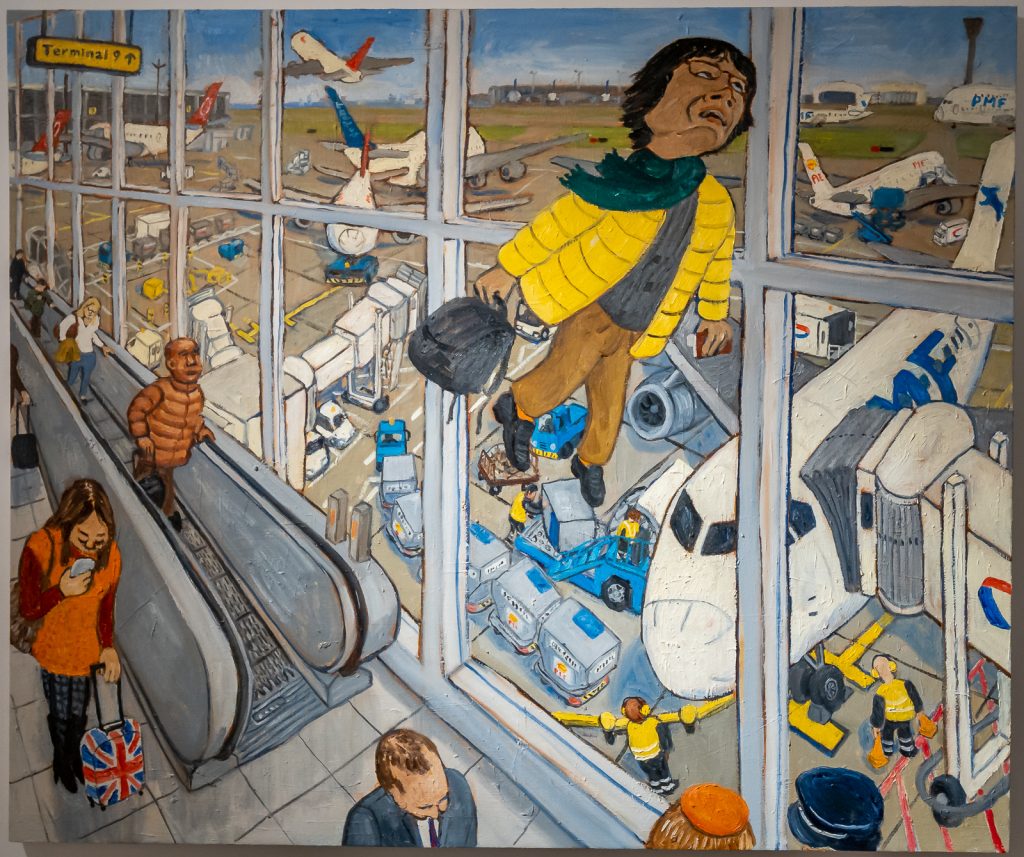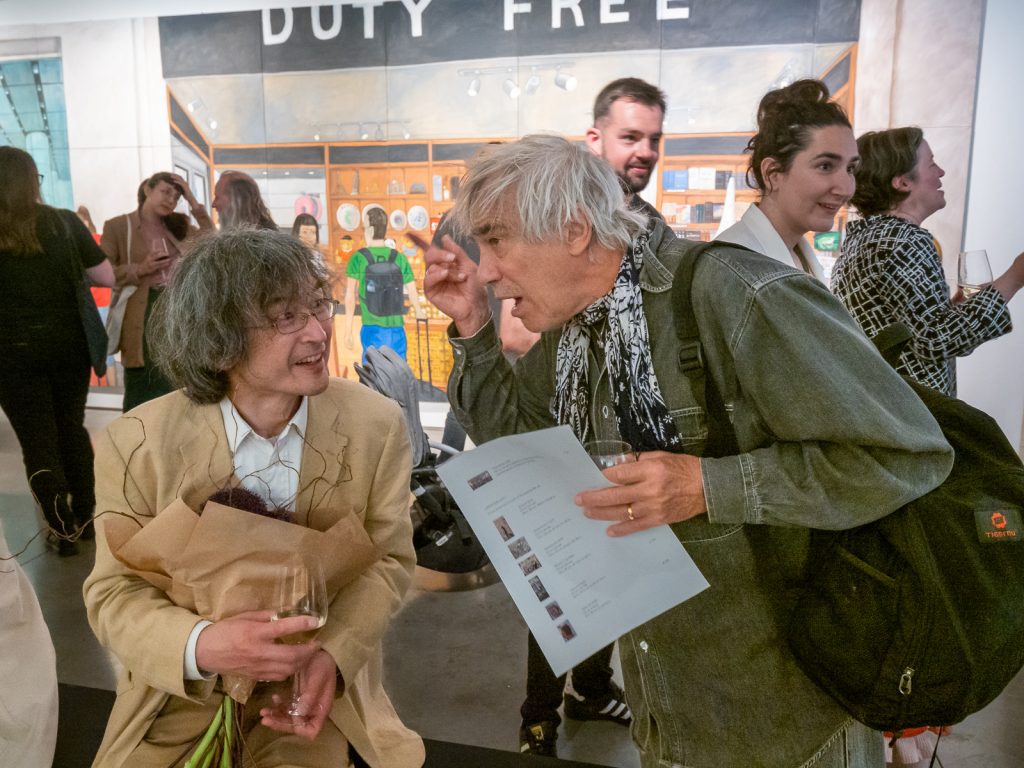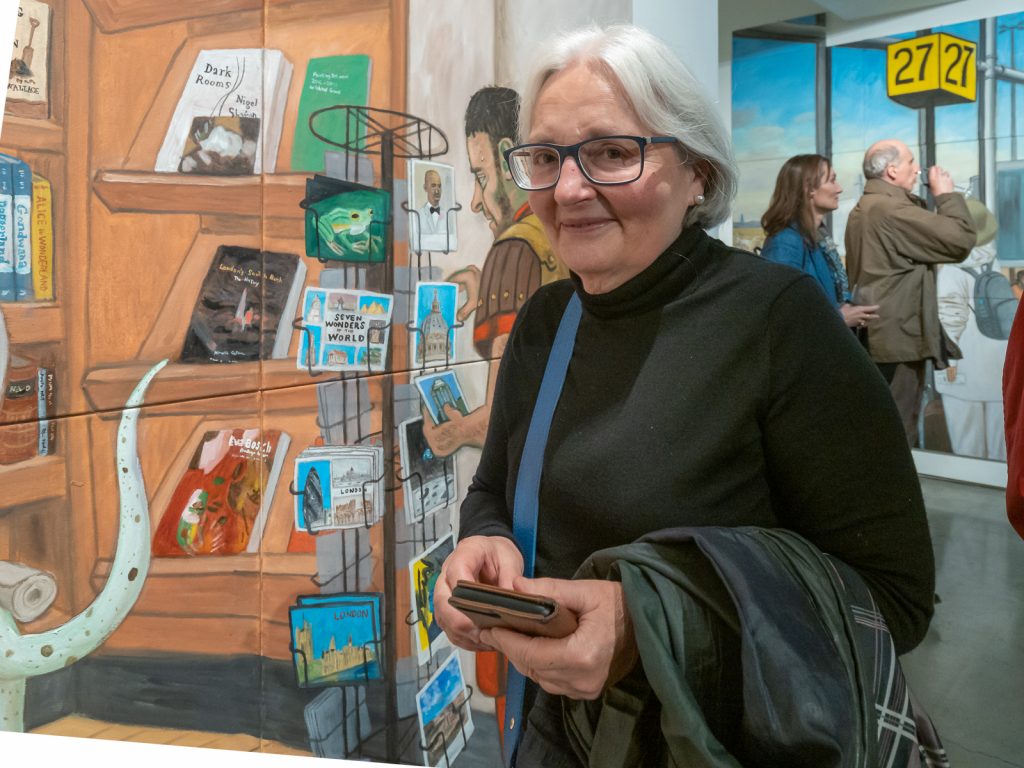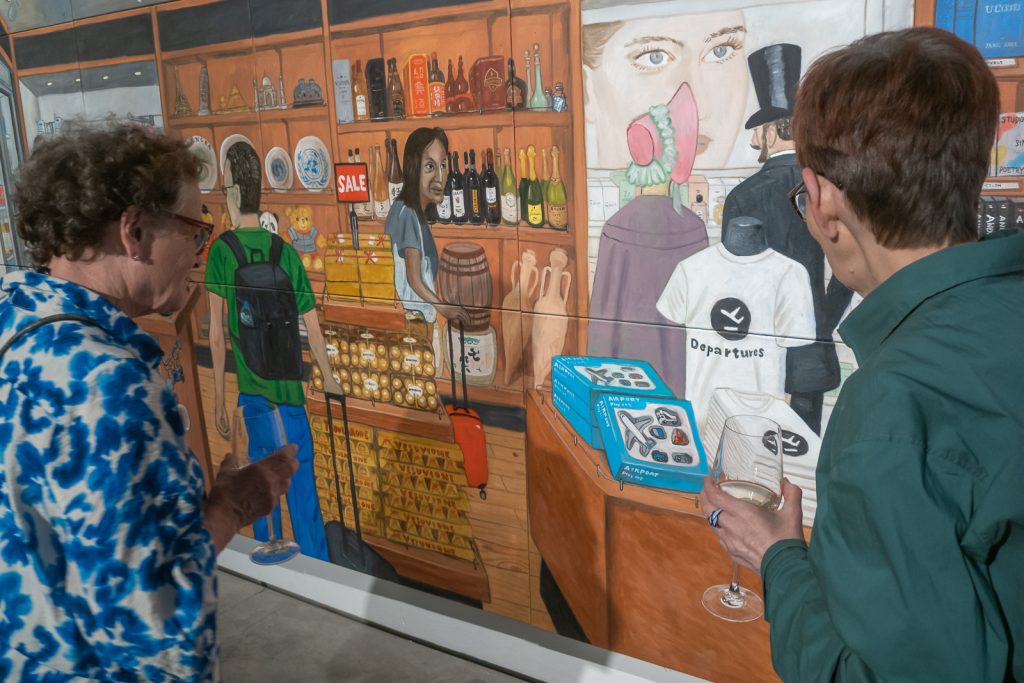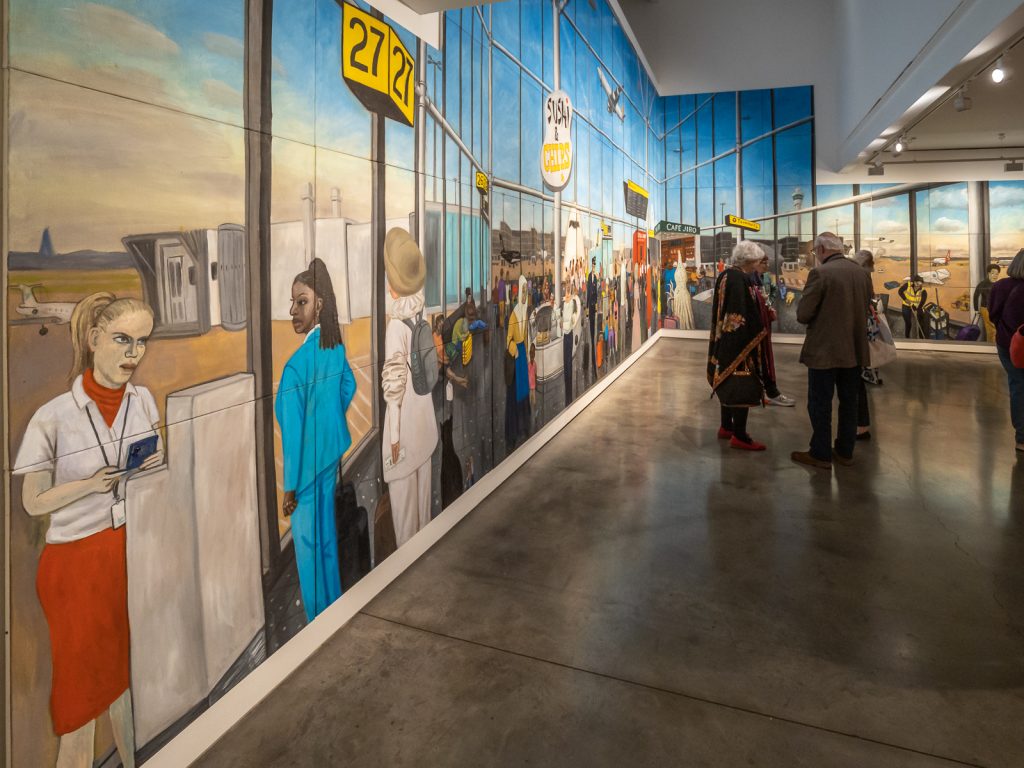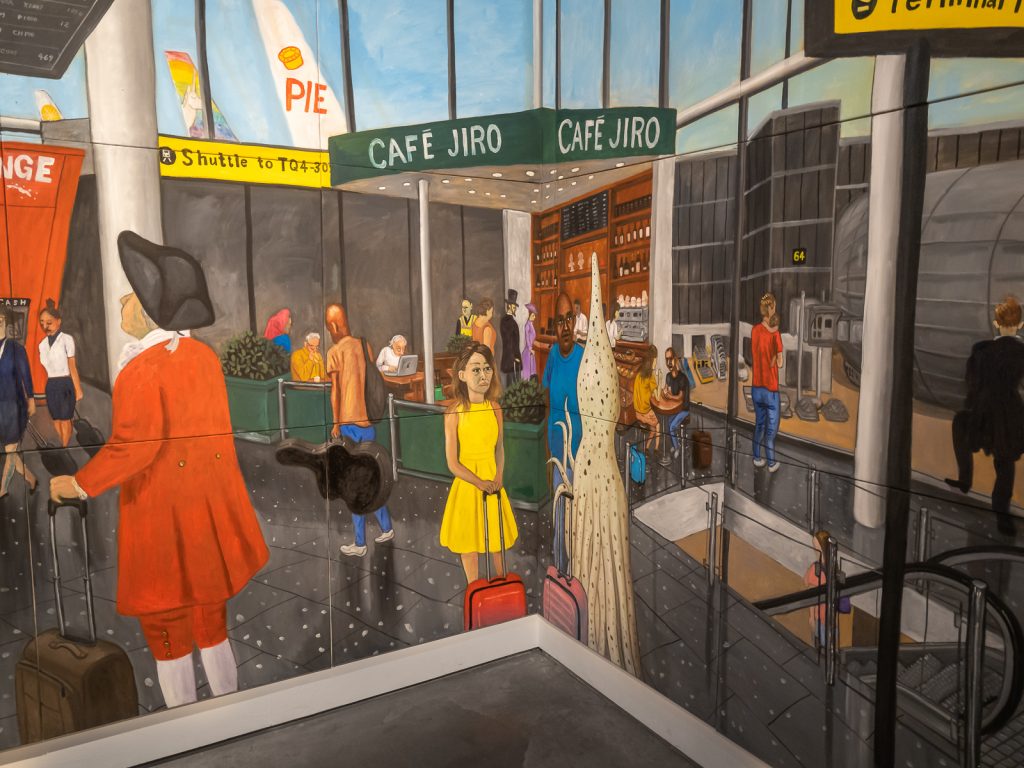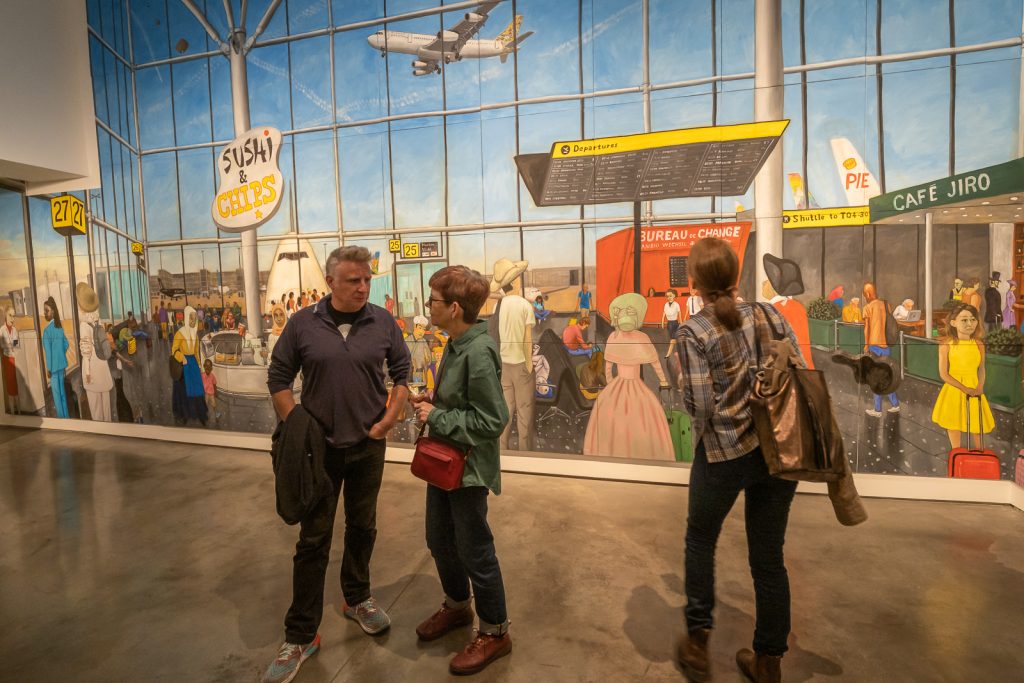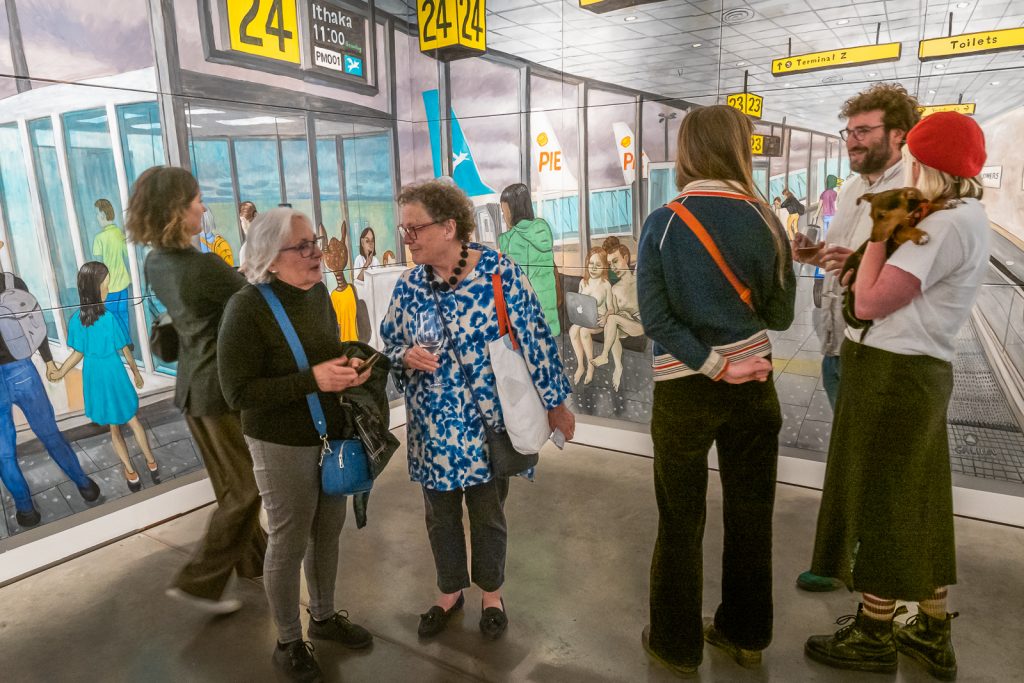The Heart of Brixton continues the account of my walk on Sunday 28th May 1989. The previous post was Sunlight, Trinity, Town Hall & Granada and the walk began with Lavender Hill & Wandsworth Rd – 1989.
Was this a Caribbean bakers? D Bess, The Best Bakery. The building is still there at 12-14 Brighton Terrace, trimmed off rather more neatly at the right, modernised and used as an NHS clinic for Lambeth Drug & Alcohol Service, with an extra floor added on top.
Brighton Terrace is one of the older streets in Brixton and was present by the time of the first Skeleton Town plans surveyed by the Ordnance survey in 1848-1851 and by 1870 was lined with smallish houses on both sides, none of which have survived.
At a guess this building dates from around the start of the 20th century but I can find no information about when it was built or its occupiers before it became D Bess Bakery.
A Robson & Sons at 20-22 Brighton Terrace tell us that they are ‘Manufacturers and Rewinders of Replacement xxxxxures Stators and Rotors’ – I think the illegible word must be Armatures, but the state of the sign suggests they were no longer in business at this address. There is still a company in the same business, Robson & Francis Rewinds Ltd, in the Vale Industrial Park in Streatham who call themselves UK Specialists in Rewind & Reconditioning Armatures, Field Coils & Motors and I wonder if this is its successor.
20-22 Brighton Terrace still bears some resemblance to this rather charming small factory building, perhaps dating from the 1930s, but is now the same height as the flats at right of the picture to which it is joined, having four floors rather than the two in my picture. But it still has the same wavy roof line.
Tunstall Hall at the left of the picture was built around 1860 and at one time was storage for Morleys Department Store on Brixton Road, whose rear entrance is just across the street. The central building is Carlton Hall – Bernay’s Grove was originally called Carlton Grove but renamed before 1912. All these buildings apparently became an engineering works in the mid-20th century.
The house at right, 1 Bernays Grove dates from the 1820s and is Grade II listed. It was one of the villas which then lined Brixton Road, set back from it with long front gardens, later built over.
Carlton Hall and No 1 was in 1889 the Carlton Club, the hall used for religious services only, and from 1905 to 1909 Brixton Synagogue. In 1989 it was a Carlton Hall Community Centre. Tunstall Hall is now an architects studio.
The London, Chatham and Dover Railway opened Brixton and South Stockwell Station in 1862 taking commuters from what was then a fairly affluent suburb to Victoria, with a further line to Blackfriars opening in 1864. The population of Brixton rapidly expanded. Atlantic Road was laid out in the late 1860s following the railway viaduct and many smaller properties soon appeared. But wealthier residents in the villas along Brixton Road moved out and shops and commercial premises were rapidly built in their place covering their long front gardens.
The Railway Hotel has a conveniently located plaque bearing the date 1880 it was built in a finely ornamented neo-Gothic style surmounted by an octagonal clocktower. What can’t be read on my picture is the text underneath the date, LAID BY ANNIE ALLEN, who was its first licensee.
Still the Railway Hotel when I took these pictures, it was renamed Brady’s Bar in the 1990s and became an important music venue, played by Jimi Hendrix, The Clash as well as more local bands such as Alabama 3.
The pub closed in 1999 and was squatted and vandalised. Lambeth Council compulsorily purchased the building, but resisted various local campaigns to turn it into a community asset, selling it off to the highest bidder in 2013. The top floors were converted to flats and the ground floor became a Mexican restuarant, which closed in 2020. It reopened later as DF Tacos. The whole area is under threat from a comprehensive development scheme.
I think these old wooden stairs have now been replaced by metal, but I can’t work out exactly where I was standing. They go up to platform level and going above the platforms is the line leading towards Denmark Hill which now carries the Overground but has no stop at Brixton. There used to be an East Brixton station on that line but about a quarter of a mile further on, at Barrington Road, but this closed in 1976.
Brixton’s British Rail stations became less important after the opening of the Victoria Line to Brixton in 1971.
Back in 1989 there was virtually no Sunday trading before the Sunday Trading Act 1994 and I took the opportunity to photograph the normally bustling market street of Electric Avenue when it was almost empty.
This was one of London’s most elegant shopping streets when it was first built in 1885-8 and it was one of the first market streets to be lit by electricity. And around 1890 canopies were erected along both sides of the street so that shoppers could keep dry if it rained.
In 1989 I was surprised to see that these canopies had been removed, perhaps to give more space for the street market. The council I think blamed wartime damage, but it seemed a very thin excuse when they had continued to stand for over 40 years. The street has since been further damaged by partial redevelopment, and more is likely.
These huge pillars carry the railway line over the top of Brixton Station. Behind is one of the railway arches which for years were home to many small businesses that served the area well. In 2015 Network Rail decided to close and refurbish the arches over a year – and any traders that wanted to return would be faced with a 350% increase in rents.
The Save Brixton Arches Campaign was set up to oppose the changes, organising a number of public protests which had very wide popular support in the area. Despite this Lambeth Council decided to go ahead with Network Rail and most of the traders went out of business.
Many of the arches have now re-opened, but not with the useful and down-to-earth shops that people in Brixton had used for years, providing useful goods cheaply. When I last walked along Atlantic Road and Brixton Station Road many were still empty. Brixton has lost a large chunk of its heart.
And it was here at the centre of Brixton that the photographs from my walk on 28th June 1989 ended, though I think I will have walked back to Acre Lane to catch my bus back to Clapham Junction.















































